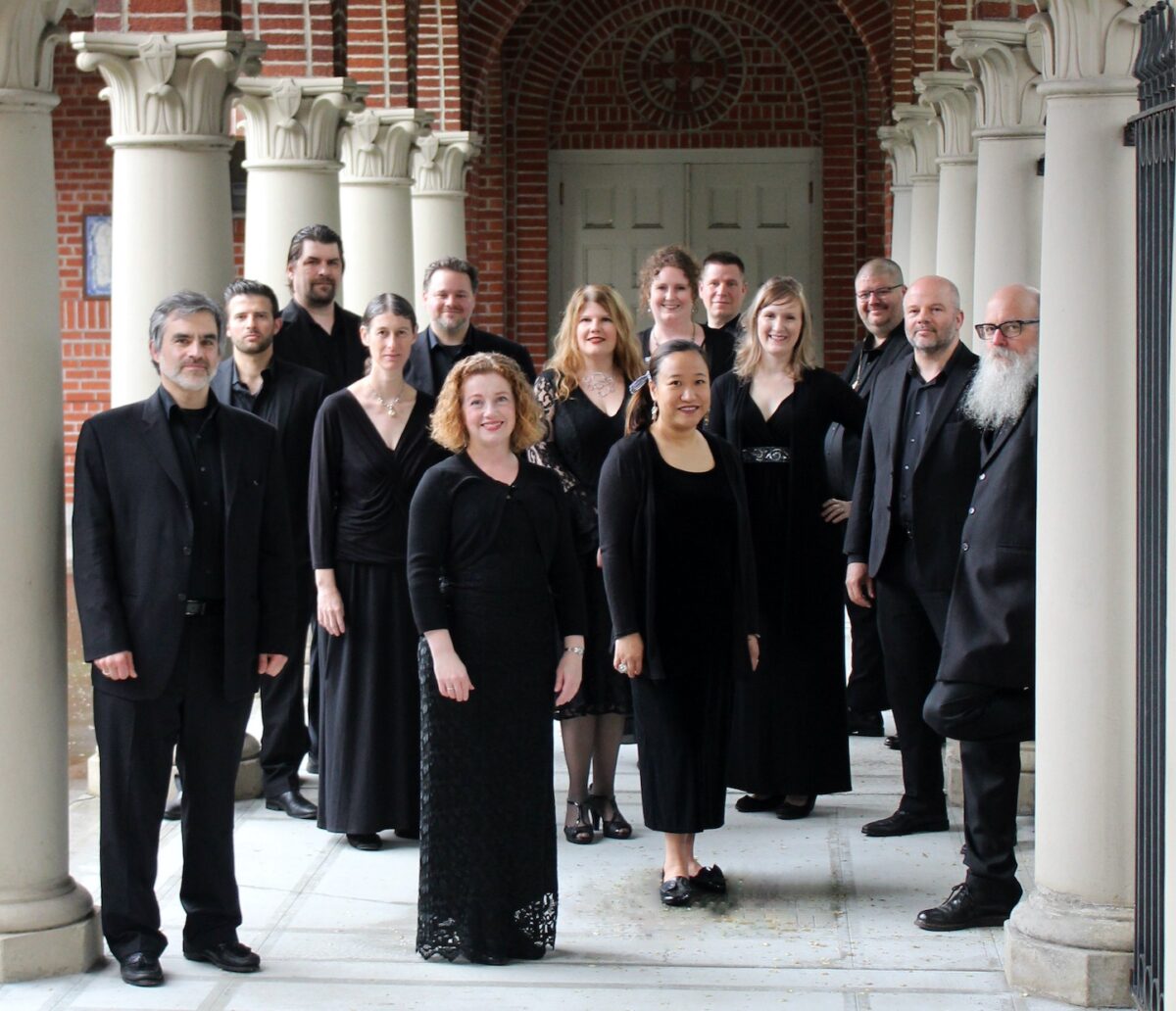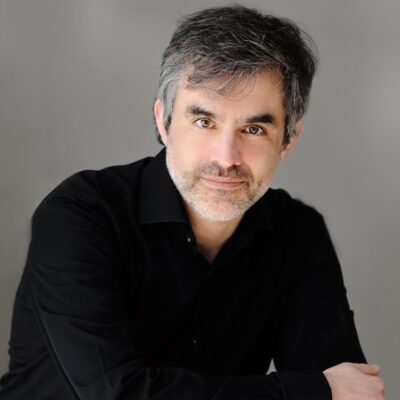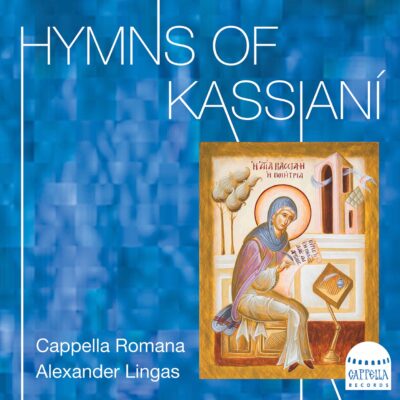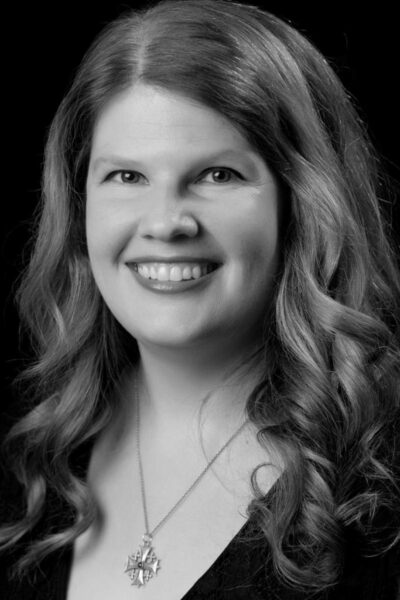by Aaron Keebaugh
Published May 3, 2021

In the early 800s, Byzantine Emperor Theophilos, then a young bachelor, was examining potential wives as part of a bride show. To the winner would go a golden apple and the chance to sit next to him on the throne.
One woman in the lineup caught his eye. Her name, according to Byzantine historians, was Ikasia. Approaching her, Theophilos posed what seemed to him a clever admonishment of women’s roles in general. “Through woman came forth the baser things,” he said about the fall of humankind due to Eve eating the apple from the Tree of Knowledge.
“And through women came forth better things,” Ikasia replied, shifting the attention to the Virgin Mary.
The retort came to define stories in the Eastern world about the mysterious woman. Remembered as Kassianí or Kassía, she was the composer of one of the most familiar works in Byzantine liturgical chant, the so-called “Hymn of Kassianí,” performed on the matins of Holy Wednesday in the Orthodox faith.
Alexander Lingas and the Oregon-based ensemble Cappella Romana have turned the spotlight on more of her works through Hymns of Kassianí, a recording released in April on their own label (CR422 SACD).

“She’s actually a fairly well-known figure in the chant world,” said Lingas, the group’s founder and music director, in an interview from London. “Even for anyone who is even vaguely acquainted with the Holy Week services as they are practiced in Greece . . . she’s someone who’s very much been on the radar screen.”
A musicologist, Lingas has studied Kassianí’s music since 2004. That year, he and Cappella Romana participated in a music festival in London, performing music from some new editions.
Though known in Orthodox circles, Kassianí remained little understood in the West. Like Hildegard of Bingen, she had lived a monastic life, even founding her own convent outside of Constantinople in 843. But unlike Hildegard’s work, Kassianí’s music had become an integral part of liturgical practice, sung in Orthodox churches as far apart as Jerusalem, Greece, and Romania.
Lingas soon realized he had a new project on his hands. “Through the years, I’ve been aware that she really is in need of reassessment in some ways,” Lingas said. “In terms of new scholarly work, most of what people are resting on is stuff that was done in the 1930s.”
Chant scholars in the 19th and early 20th centuries viewed liturgical chant through a Western lens. When Byzantine chant finally made inroads in scholarly circles, it was seen as an Orientalized distortion of the Latin tradition. Early transcriptions of Kassianí’s music reflected the style of the monks of Solesmes, who had begun restoring Western chant in 1800s.
Lingas calls this process the “Gregorianization” of Byzantine chant. “What you hear today in most Greek Orthodox churches is kind of the late 18th-century version of the early 19th-century version of the repertory,” he said. “Scholarship is just now turning back to [Kassianí’s] work as well as with a lot of other hymnography from the Byzantine world. And [we’re] starting to do some of the textual criticism work that people in Western medieval studies take for granted.”
Byzantine notation is extremely detailed. There are multiple ways of writing an ascending note, tosses of the voice, and symbols for tone quality. The sound itself, as heard on Cappella’s recording, involves an earthy, weightier vocal tone, a style the singers execute with assurance.
 “On the one hand, it was this very otherworldly experience,” Cappella soprano Photini Downie Robinson said about the first time she heard the music. “And yet, on the other hand, I was drawn to it in such a way in that I felt like it was music that I already knew somehow.”
“On the one hand, it was this very otherworldly experience,” Cappella soprano Photini Downie Robinson said about the first time she heard the music. “And yet, on the other hand, I was drawn to it in such a way in that I felt like it was music that I already knew somehow.”
For Robinson, singing Byzantine chant drew her into an entirely new faith tradition. And studying and recording Kassiani’s music only served to highlight the mysteries of a faith she had herself turned to in 2013.
“Eastern Christianity, as opposed to Western Christianity, is really big on the whole idea of mystery,” Robinson said. “We don’t try to explain a whole lot. We don’t try to apply logic to the experience of faith.
“To me, Byzantine chant is a way of musically sort of introducing that idea. It’s got this sound that speaks to this unresolved mystery. And yet it sounds kind of foreign to Western ears. To place myself in the 21st century into this enormous tradition that goes back in some form to biblical time — to me that’s thrilling.”
Kassianí’s role in the intellectual tradition of what became the Orthodox faith was evident from an early age. She was born between 805 and 810 in Constantinople. Details of her life before she entered monastic life are scant, but there is strong evidence that she was a talented thinker on liturgical matters.
“We actually have three responses to letters that she wrote to one of the most famous monastic reformers of the period,” Lingas said. “What we can gather from that . . . is that she was this incredibly smart, well-educated, precocious young woman who was very serious about monasticism.”
Her music, as heard on Hymns of Kassianí, reflects such intensity. The chants flow in a measured, metrical style unfamiliar to Western chant but typical of the Byzantine tradition. Other verses, such as the lamp-lighting psalm, take on an urgency in both male and female voices. “The Publican and the Pharisee” involves the women’s voices of Cappella Romana. Here, melodies ebb and flow over a drone, the lines marked by subtle vocal shakes and scoops that give the music its distinctive sound.
“The fact that we were included — we being the women who were included on this CD — and given a voice and given the opportunity to express this music is significant,” Robinson said. “It’s one thing when the women are chanting with the men. That’s fun and great and all, but I think something really special happens when you just take the women out and give them their own space to find their own sound, to work together.”

For Robinson, Kassianí’s music in particular gives voice to the current push for greater inclusion in classical music.
“Just knowing that here was this woman back in [that] time, women really had a lot at stake to try and get educated,” Robinson said. “All of this stuff was a tremendous risk that I think is hard for us to imagine today. It felt very special for me as a female cantor. Even in the past few years — definitely in the past decade — women have started to come onto the scene. It’s really history in the making.
“But ironically, I feel like the release of this CD is going to pique some interest because it’s going to be seen through Western eyes as this feminist statement.”
It is perhaps no surprise that Robinson sees a little of her own experience reflected in Kassianí’s story.
“I got my degree in computer science, and I’ve been working as a coder, a programmer, my whole career,” Robinson said. “And now I’m doing Byzantine chant. I literally spent my whole career making waves in male-dominated fields — not because in either case I went into it thinking I’m going to be a trailblazer.
“Feminism is being a woman and having the freedom to do what you want to do, make the choices you want to make, without being hindered because you’re a woman. I feel like that is what [Kassianí] was doing. She was not necessarily making a big deal about the fact that she was a woman. But she felt called to do this work. She had this God-given talent. And within her own time and place, and the realities that she faced, she made it happen.”
In effect, Kassianí was able to achieve the things she wanted to do without being deterred. ” I feel like that is true feminism,” Robinson said.
Aaron Keebaugh has written for The Musical Times, Corymbus, and The Classical Review, for which he serves as Boston critic. He teaches courses in music and history at North Shore Community College in Danvers, MA.




